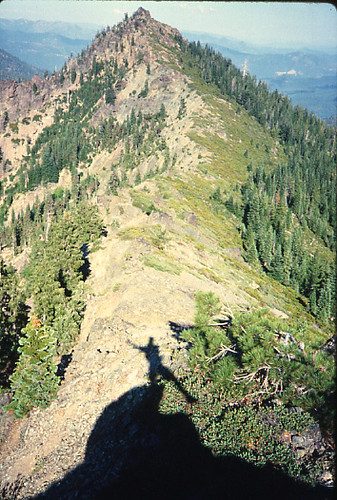More stories by Joshua Holland
It was part of a trillion-dollar stop-gap measure to keep programs running through next March, allowing lawmakers to skip town without passing a final budget. The Associated Press reports, "The legislation came together in a remarkably secret process that concentrated decision-making power in the hands of a few lawmakers."
In keeping with the tradition of recent years, Bush held a gun to his own head and threatened to pull the trigger if his demands weren't met. According to the AP, "To earn President Bush's signature rather than a veto, House and Senate negotiators dropped several provisions he opposed. They include a ban on private interrogators in U.S. military detention facilities and what would have amounted to congressional veto power over a security pact with Iraq."
In other words, Congress also maintained recent tradition, swearing not to give Bush a blank check and then whipping out their pens and signing a blank check.
The number that the House sent to the Senate for "defense" -- $612 billion for the coming year -- is eye-popping. Imagine a stack of 612,000 million-dollar bills. Quite a pile.
That number's a sham, however. The budget calls for $68.6 billion for the occupations of Iraq and Afghanistan in 2009. War costs this year totaled $182 billion, according to the Federation of American Scientists.
The House passed the Brobdingnagian spending measure 11 months after George W. Bush vetoed a bill -- one passed with a lot of bipartisan support -- that would have added $7 billion measly dollars per year to the State Children's Health Insurance Program, covering 4 million more uninsured children. You'd be hard-pressed to find a clearer sign of national psychosis.
Here's what "defense" spending looks like in the era of Bush's "War on Terror," according to official figures:

(click for larger version)
But that's just the cash to feed the gaping maw of the Department of Defense. Throw in a bit more than $50 billion for Homeland Security, around $20 billion for the nuclear arsenal in the Department of Energy's budget, about $10 billion for the Coast Guard, a similar number for foreign "security assistance" and maybe another $125 billion -- according to one estimate -- in other defense-related programs scattered throughout the federal budget.
Bush also requested $91 billion for the Department of Veterans Affairs in 2009, up from $72 billion just three years ago. A generation of damaged young men and women are going to cost more and more as the years go by -- many post-traumatic injuries, for example, don't manifest themselves for 10 or more years after people get out of combat. In 2000, nine years after the first Gulf War, 56 percent of those who had served in that conflict were receiving disability payments.
But wait, as they say on late-night infomercials, there's more!
All of this only finances our current military adventures. We're still paying for Korea and Vietnam and Grenada and Panama and the first Gulf War and Somalia and the Balkans and on and on. Estimates of just how much of our national debt payments are from past military spending vary wildly. Economist Robert Higgs calculated it like this:
I added up all past deficits (minus surpluses) since 1916 (when the debt was nearly zero), prorated according to each year's ratio of narrowly defined national security spending--military, veterans, and international affairs--to total federal spending, expressing everything in dollars of constant purchasing power. This sum is equal to 91.2 percent of the value of the national debt held by the public at the end of 2006. Therefore, I attribute that same percentage of the government's net interest outlays in that year to past debt-financed defense spending.
In 2006, he came up with a figure of $206.7 billion for interest payments on past militarism. Add it all up, and we're talking about at least a trillion dollars in military and homeland security spending. If there were a million-dollar bill, you'd have to stack a million of them to reach a trillion dollars.
Of course, very little of this is "defense." This is empire spending, pure and simple ...
What's that? You want health care, education, affordable housing, 21st-century infrastructure?
Sorry, we've got other priorities.
















